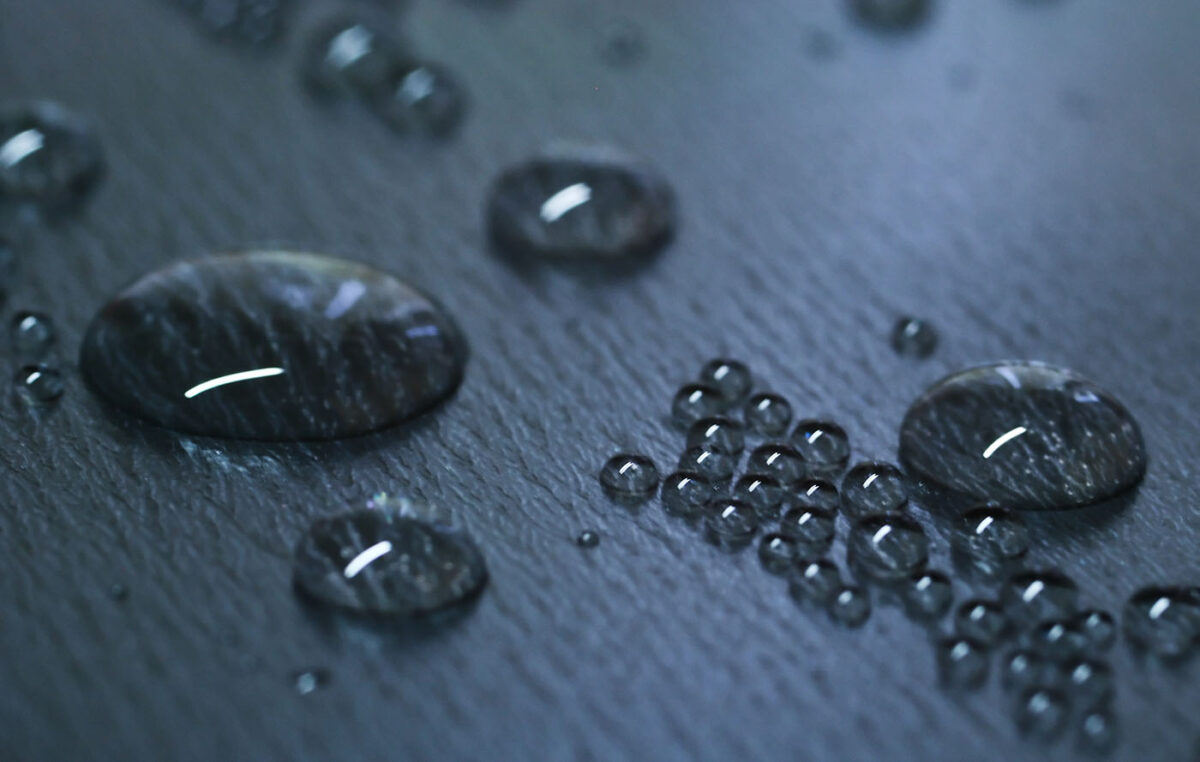Fluoropolymers Explained: Basics and Applications

Fluoropolymers enhance various applications across multiple industries, including aerospace, automotive, electronics, packaging, and medical.
Fluoropolymers are fluorine-based polymers used in various industries. Fluorine gives these polymers unique characteristics, with the strong bonds formed between carbon and fluorine atoms. These bonds provide higher bond energy than carbon-hydrogen bonds, giving the polymers distinctive attributes.
You can also read: Fluoropolymers Life Cycle and PFAS Contamination
Fluorine is the Key
Additionally, partially fluorinated polymers exhibit high dielectric constants and optical activity due to fluorine’s electron-attracting ability. This enhances acidity and lipophilicity in small molecules, making fluorine-substituted compounds suitable for pharmaceuticals.
Moreover, the strength of the C-F bond, combined with fluorine’s low polarizability and high electronegativity, endows fluoropolymers with soil resistance, insulating properties, and gas barrier capabilities. These characteristics make fluoropolymers highly versatile and valuable in multiple industries.
Main Applications for Fluoropolymers
Various industries, including aerospace, automotive, electronics, packaging, and medical, utilize these unique plastics. The following table outlines the properties and industrial applications of items made from fluoropolymers.
Chemical/Electrical/Automotive Industry
| Application area | Key properties | Typical uses | Typically used fluoropolymers |
| Chemical/petrochemical industry
| Chemical resistance Good mechanical properties Thermal stability Cryogenic properties | Gaskets, vessel liners, pumps, valve and pipe liners, tubings, coatings, expansion joints/bellows, heat exchangers
| PTFE, PFA/MFA ETFE, ECTFE FEP FKM, FFKM TFE-P
|
| Electrical/electronic industry | Low dielectric constant High volume/surface resistivity High dielectric breakdown voltage Flame resistance, Thermal stability | Wire and cable Insulation, connectors, optical fibers, printed circuit boards | FEP, PTFE, PFA, MFA ETFE, ECTFE PCTFE amorphous FP |
| Automotive/aircraft industry | Low coefficient of friction Good mechanical properties Cryogenic properties, Chemical resistance Low permeation properties | Seals, O-Rings, hoses in automotive power steering, transmissions, and air conditioning, bearings, sensors fuel management systems. | FKM, PTFE FFKM THV |
Medical/ Coatings/Additives Industry
| Application area | Key properties | Typical uses | Typically used fluoropolymers |
| Coatings | Thermal/weather stability Low surface energy Chemical resistance | Cookware coatings, coatings of metal surfaces, powder coatings | PTFE PVDF, ETFE FEVE, PFA |
| Medical | Low surface energy, stability, purity Excellent mechanical properties | Cardiovascular grafts, heart patches, ligament replacement packaging films for medical products | PTFE, PCTFE |
| Polymer additives | Low coefficient of friction Flame resistance Abrasion resistance Antistick properties | Polyolefin processing to avoid surface defects and for faster processing. Additives for inks, coatings, lubricants, anti-dripping agents | THV, FKM PVDF, PTFE |
Energy Conversion/Textiles/ Semiconductor Industry
| Application area | Key properties | Typical uses | Typically used fluoropolymers |
| Semiconductor industry | Chemical resistance High purity Antiadhesion, insulation, barrier properties Thermal stability | Process surfaces wafer carriers tubing, valves, pumps and fittings, storage tanks | PFA, ECTFE PCTE, PTFE amorphous FP |
| Energy conversion/storage Renewable energies | Chemical/thermal resistance Ion-transportation High weatherability High transparency Corrosion resistance | Binder for electrodes, separators, ion-selective membranes, gaskets, membrane-reinforcements, films for photovoltaics coatings for wind mill blades | PVDF, Fluoroionomers (PFSA), THV, ETFE ECTFE, PTFE, FEP PVF |
| General architectural/fabric/ film applications | Excellent weatherability Flame resistance Transparency Low surface energy Barrier properties | Coated fabrics and films for buildings/roofs, front/backside films for solar applications | ETFE, PTFE, PVDF PCTFE, PVF, THV |
Table “Major properties and item-industrial applications made from fluoropolymers”. Reproduced from Fluoropolymers: The Right Material for the Right Applications- Bruno Ameduri.
Fluoropolymers are Considered PFAS
The European Chemicals Agency and the Organization for Economic Cooperation and Development (OECD) defined PFAS as fluorinated substances that contain in their structure at least one fully fluorinated methyl or methylene carbon atom (without any H/Cl/Br/I atom attached to it).
That is, with a few noted exceptions, any chemical with at least a perfluorinated methyl group (–CF3) or a perfluorinated methylene group (–CF2).
As a result, PFAS can have widely varying properties, including being polymers or non-polymers; solids, liquids, or gases; persistent or non-persistent; highly reactive or inert; mobile or insoluble; and either (eco)toxic or non-toxic. Fluoropolymers, a family of high-performance plastics, contain strong carbon-fluorine (C-F) bonds. In conclusion, according to the definition, most fluoropolymers are classified as PFAS.
You can also read: Fluoropolymers are Considered PFAS
Other resources:
Fluoropolymers: The Right Material for the Right Applications, Bruno Ameduri
Perfluorinated Chemicals (PFCs): Contaminants of Concern. Nicholas P. Cheremisinoff.
